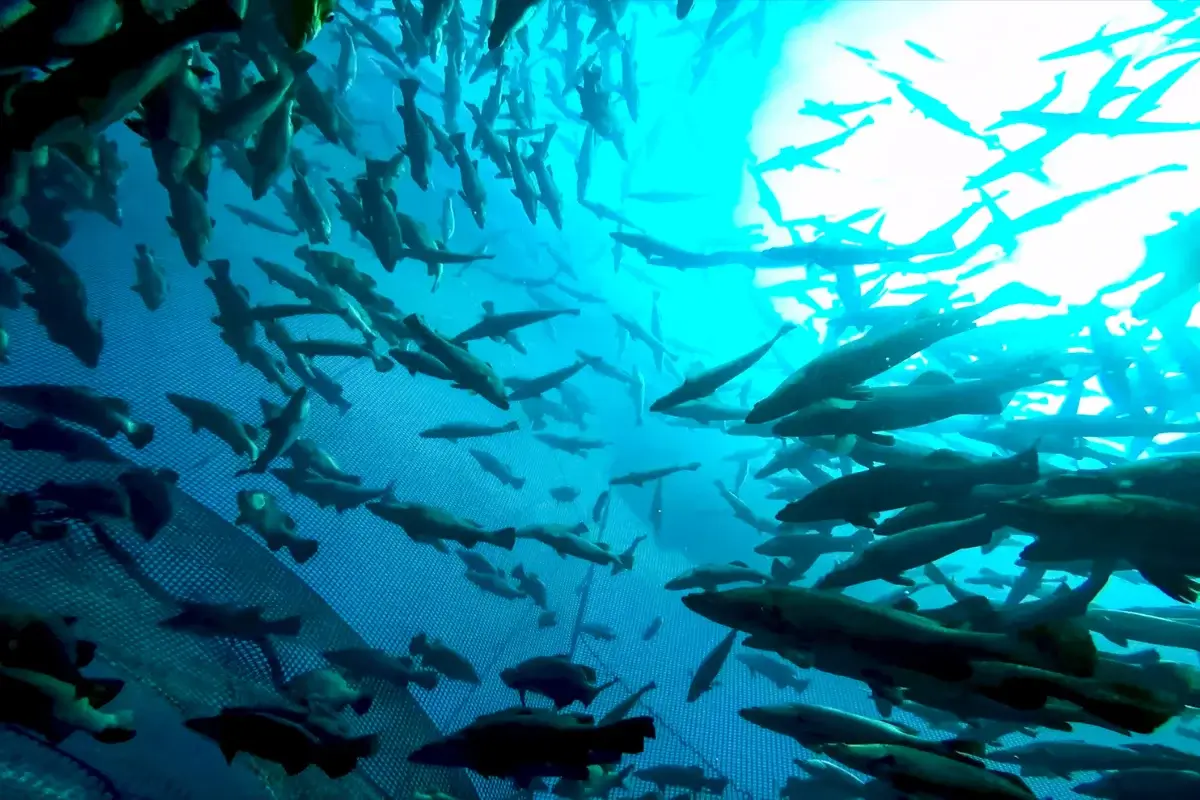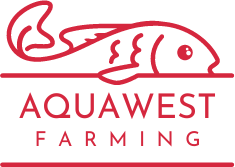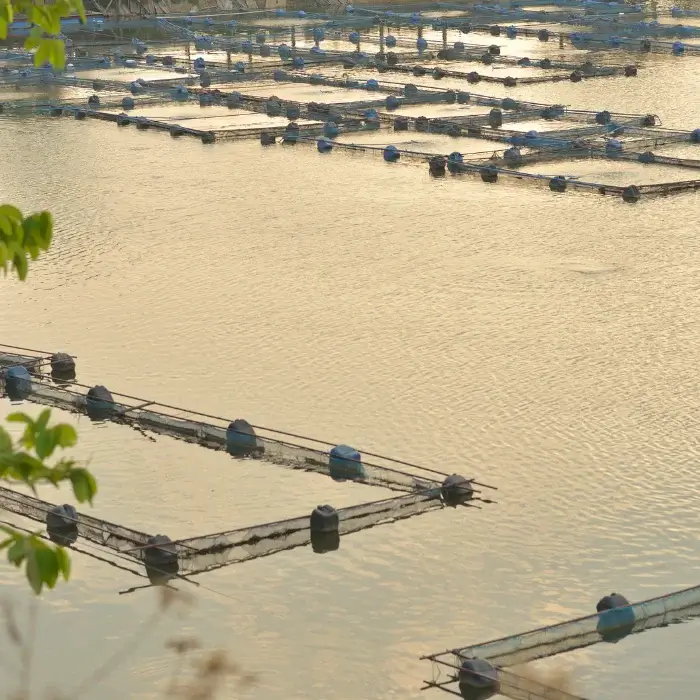Introduction: Discover the eco-friendly realm of sustainable biofloc fish farming with our comprehensive guide. From understanding the technology to implementing best practices, embark on a journey towards sustainable aquaculture.

What is Biofloc Fish Farming? Biofloc fish farming revolutionizes traditional aquaculture by fostering self-sustaining ecosystems within fish ponds. Beneficial microbial communities convert waste into natural food sources for fish, improving water quality while enhancing productivity. Embracing biofloc technology minimizes environmental impact, reduces water usage, and boosts profitability for farmers.
Need for Sustainable Biofloc Technology: Rising seafood demands necessitate efficient fish farming methods. Biofloc technology offers a cost-effective solution by transforming waste into valuable resources while curbing water pollution and disease risks. With its potential to increase productivity and support livelihoods, sustainable biofloc farming emerges as a beacon of hope for the aquaculture industry.
.Steps of Sustainable Biofloc Fish Farming:
- Setting up the Pond/Tank: Choose a suitable site and line the pond to prevent soil contamination.
- Aeration: Ensure optimal oxygen distribution to maintain a healthy environment for fish.
- Species Selection: Opt for species compatible with biofloc systems and culture conditions.
- Carbon and Nitrogen Optimization: Maintain an ideal carbon-to-nitrogen ratio to support microbial growth.
- Biofloc Growth: Introduce microbial seeds to foster biofloc formation and improve water quality.

Benefits of Sustainable Biofloc Fish Farming:
- Increased Fish Yield: Boost productivity by leveraging self-sustaining ecosystems within biofloc ponds.
- Improved Water Quality: Enhance water quality by mitigating organic waste and reducing harmful ammonia levels.
- Reduced Environmental Impact: Minimize pollution and chemical usage, promoting eco-friendly fish farming.
- Lower Production Costs: Cut down on feed and input expenses, optimizing profitability for farmers.
- Healthier Fish: Provide a natural habitat for fish, leading to improved growth and disease resistance.
- Food Security: Contribute to food security by offering a reliable source of high-quality fish protein.
Sustainable Biofloc Fish Farming Practices:
- Water Quality Management: Monitor and maintain optimal pH, temperature, and oxygen levels.
- Feeding Management: Adjust feeding practices to match fish growth rates, preventing water quality issues.
- Biosecurity Measures: Implement strict protocols to prevent disease outbreaks and ensure fish health.
- Tank Design and Maintenance: Design tanks for optimal space and water flow, ensuring structural integrity.
- Proper Aeration: Invest in efficient aeration systems to support fish respiration and microbial activity.
- Stocking Density Management: Avoid overcrowding to reduce stress and disease susceptibility among fish.
Challenges in Sustainable Biofloc Fish Farming:
- High Capital Costs: Initial investment may pose challenges, especially for small-scale farmers.
- Complex Management Practices: Require specialized knowledge and skills to maintain optimal conditions.
- Disease Outbreaks: Proactive measures needed to prevent and control diseases within biofloc systems.
- Limited Feed Ingredients: Availability and cost of alternative protein sources may vary, affecting production.
- Energy Consumption: Energy-intensive equipment increases operational costs, impacting profitability.
- Market Access: Establishing markets for biofloc fish products may pose challenges in some regions.
- Limited Research: Further research needed to address various aspects of sustainable biofloc farming.
Growth Performance in Sustainable Biofloc Systems: Evaluate fish growth through specific parameters like specific growth rate, weight gain percentage, and feed conversion ratio. Monitor biomass and survival rates to ensure optimal performance and profitability.

Conclusion: Sustainable biofloc fish farming offers a promising pathway towards environmentally conscious aquaculture. By adopting eco-friendly practices and leveraging innovative technology, fish farmers can achieve higher productivity while preserving natural resources for future generations. Let’s embrace sustainability and pave the way for a thriving aquaculture industry.


